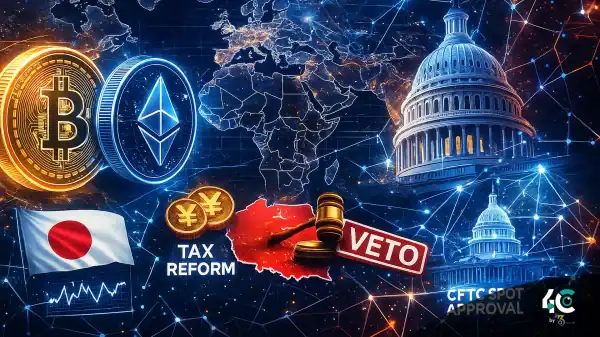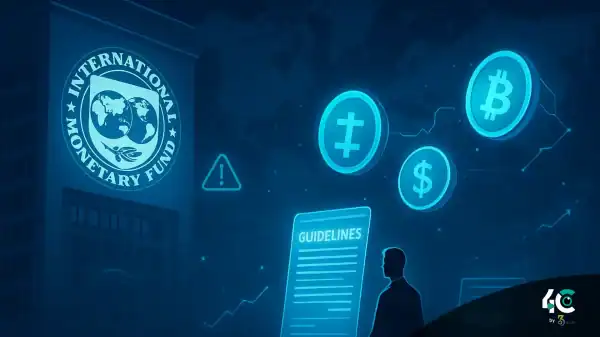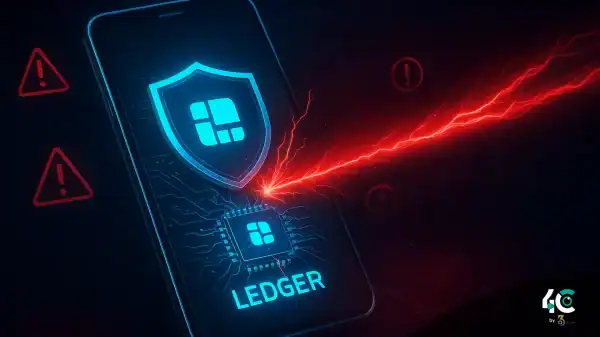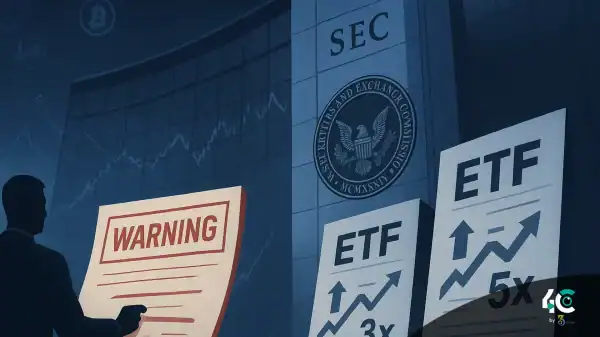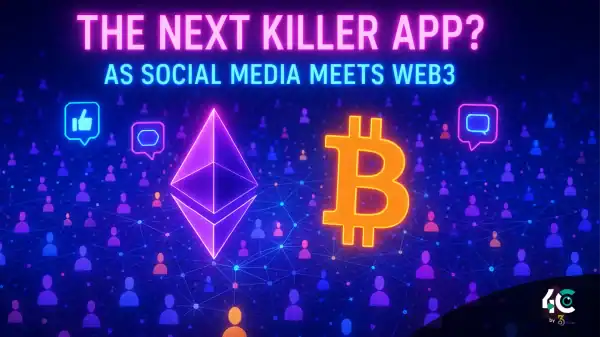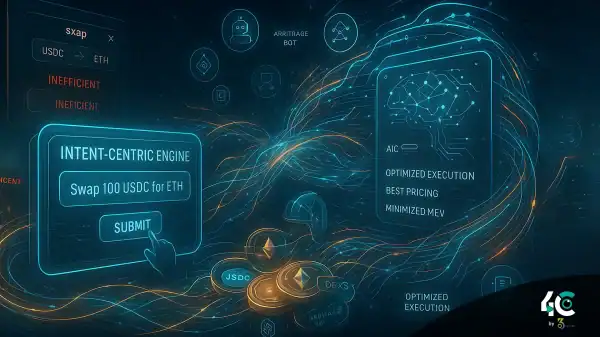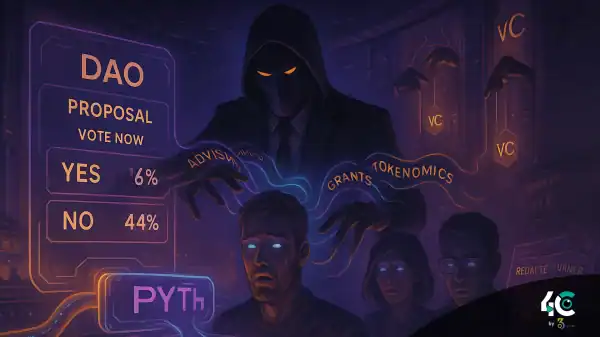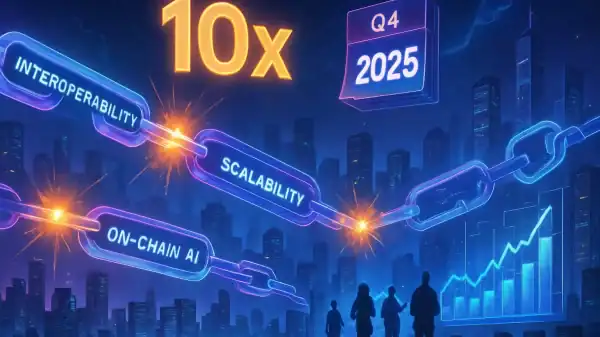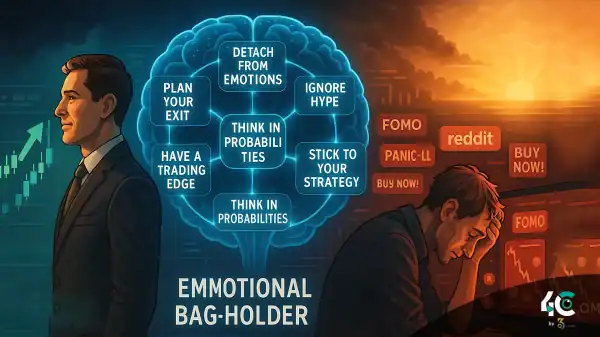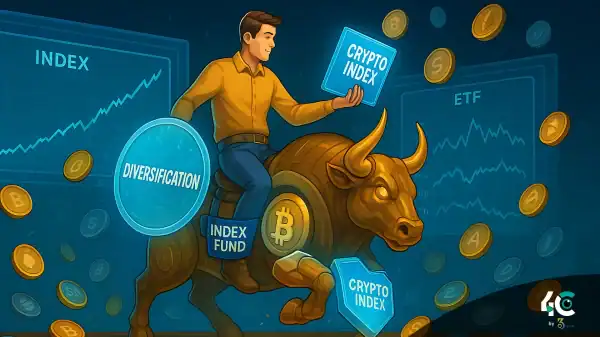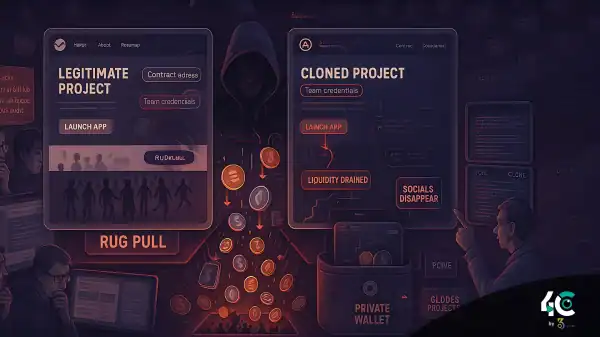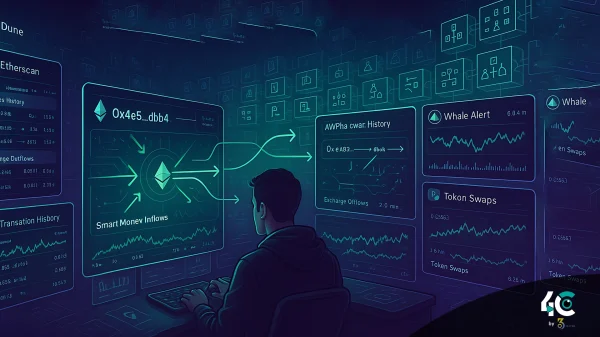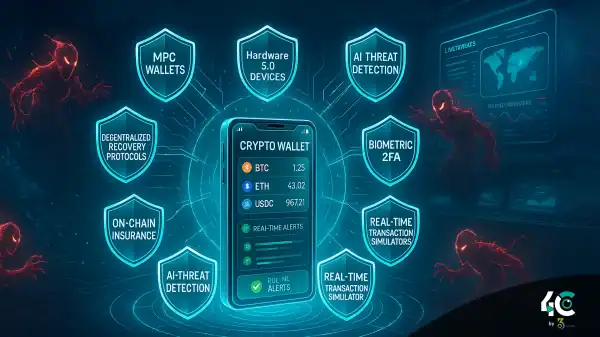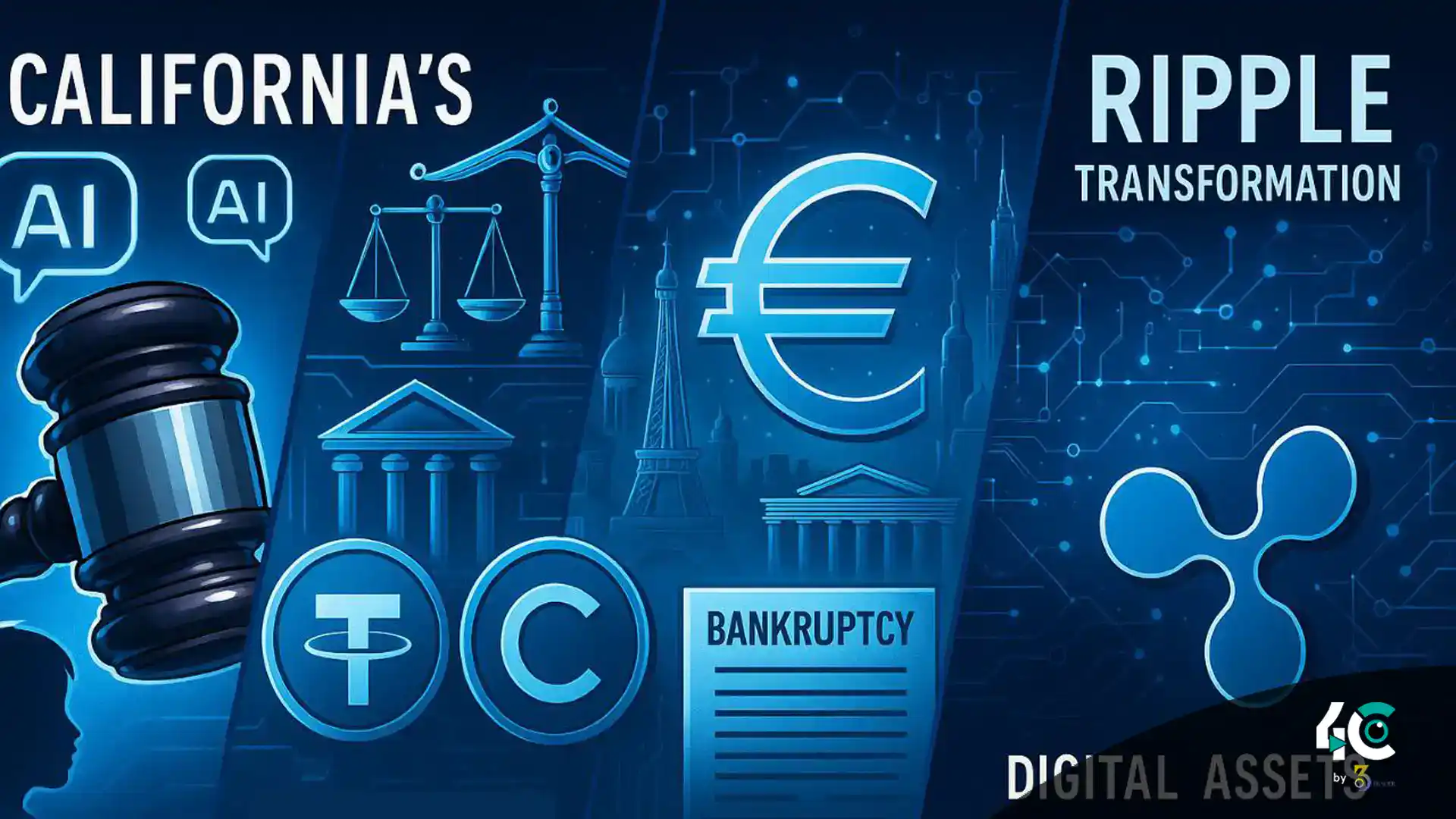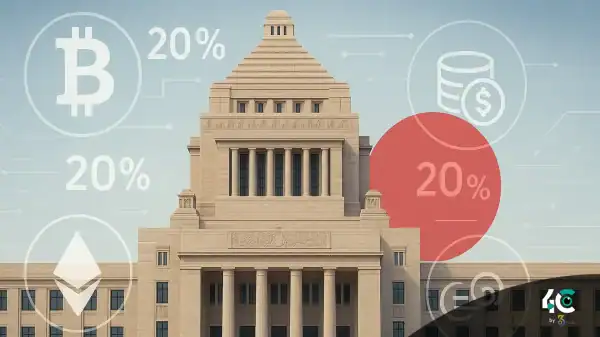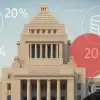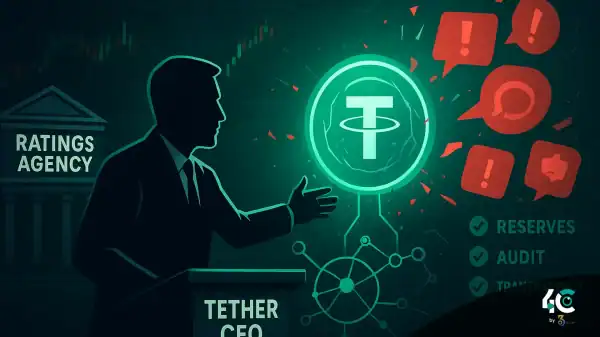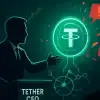1. California’s Bold Move to Safeguard Kids from AI and Social Media
California Governor Gavin Newsom has signed a historic law that will protect children online by requiring social media platforms and artificial intelligence chatbots to safeguard the wellbeing of children.
The SB 243 legislation requires platforms to implement:
- Age verification for minors.
- Disclosures to make clear to users that they are speaking to an AI.
- Protocols to respond to self-harm behaviour, such as suicide prevention.
California is creating a new precedent for accountability in AI chatbots. This is a charge that will no doubt trickle across states and eventually onto the federal level. These moves may be done in the interest of safety, but they also reveal a deeper issue of AI harming vulnerable users.
This law could end up being a big deal regarding AI ethics, offering balance between tech growth and children’s safety.
2. Tether Settles for $299M in Celsius Bankruptcy Case
Tether has settled with the estate of the bankrupt Celsius Network for $299.5 million, ending a legal dispute that has lasted for years and commenced after the fall of Celsius in 2022.
The settlement is a landmark event, clarifying stablecoin liability in a volatile crypto landscape. Tether was accused by Celsius as of late last year of improperly selling the Bitcoin used for USDt loans.
Although an out-of-court settlement has been reached in the lawsuit against Tether, the crypto markets will still be scrutinised for counterparty risk regarding stablecoin issuers. As crypto regulations evolve, economic research might cause changes in stablecoin operational safeguards according to analysts.
The collapse of Celsius could serve as a reminder of the risks present in the crypto ecosystem. It certainly marks a developmental breakthrough in terms of stablecoin accountability.
3. Europe Enters Stablecoin Race with the EUROD Stablecoin
The ODDO BHF Group plans to create a stablecoin pegged to the Euro that could challenge the US dollar-backed tokens such as USDT and USDC stablecoins.
EUROD focuses on creating a local solution for European crypto markets, unlike its U.S.-based counterparts. Essentially, it intends to be a store of value and payment medium. EUROD will debut on the Bit2Me exchange in an effort for Europe to have its own digital asset as MiCA comes into effect.
The effort to develop a euro-denominated stablecoin ecosystem in Europe is gathering pace, with the European Central Bank and major European banks also looking into their own digital euro.
With the mounting regulatory pressures facing U.S. stablecoins, Europe’s plans for a domestic stablecoin may set off a new regional competition.
4. Ripple’s Acquisitions Disrupt Corporate Treasury Management
Ripple entertains acquisition or investment of more companies in 2025 after building GTreasury, Hidden Road, and Rail deals for helping corporate finance on blockchain.
Through the GTreasury acquisition, Ripple can provide real-time, low-cost cross-border payments to corporate treasuries. The goal of Ripple is to challenge banks using blockchain technology and potentially replace the SWIFT messaging service.
Ripple has made it loud and clear that they believe blockchain is the future of financial infrastructure. It makes settlements instant, costs less, and lets you manage digital assets in a safe manner. Collaboration with BBVA, Franklin Templeton, and other Ripple partners further strengthens its position as a world leader.
Ripple is seeking to revolutionize corporate treasury management via its crypto-enabled payment products. It promises to offer businesses a faster, cheaper alternative to legacy payment systems that rely on the U.S. dollar.
Why This Week’s News Matters: A Revolution in Motion
California’s AI regulations, Ripple’s corporate disruption, Europe’s stablecoin evolution, and Tether’s legal resolution mark this week’s cryptocurrency news show the crypto world’s dynamic evolution.
The crypto space is evolving rapidly, with innovation in AI and blockchain paving the way for cutting-edge regulation that ensures safety, security, and accountability. Investors, government officials, and builders are at a crossroads — it is evident that the future of money is dynamic, disruptive, and decentralized.
Billion-dollar opportunities invite billion-dollar challenges.
This week shows that the race is on — and those who can adapt the fastest will win.


